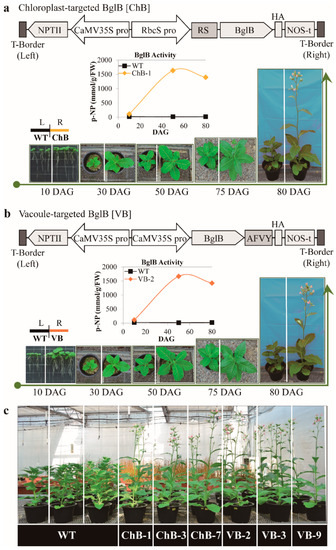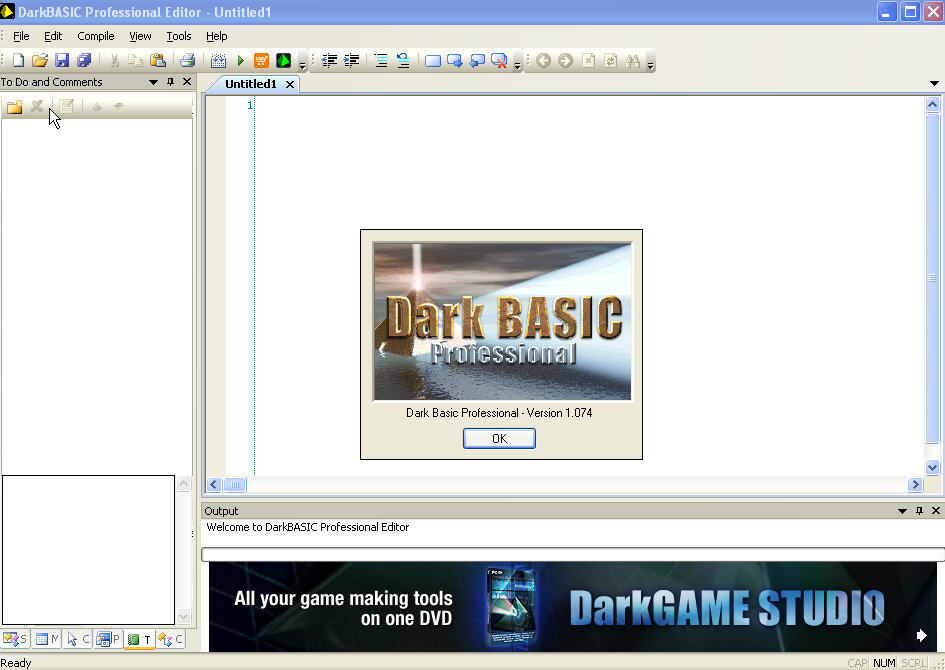
I had both Acrobat and Reader installed on my system (not recommended), asd at the time Reader was the default. I haven’t found a way to test what program is the default. It depends upon Acrobat, and not Reader, being installed and the default for AcroExch (and pdf) documents.
#CONVERT VB TO DARK BASIC PRO PDF#
Regarding my previous post regarding saving pdf files embedded in a Word doc, I got a variant of that code to work.
#CONVERT VB TO DARK BASIC PRO HOW TO#
Any hints as to how to get a reference to this? Also, it would be best if this would work with Acrobat reader (I don’t think I need full Acrobat functionality to do this. pdf document displayed using the (wdOLEVerbOpen) However, I am struggling with getting a valid object reference to the. If avdoc.Save(PDSaveFull, outFileName) = False Then ‘ ok = ActiveDocument.DocSaveAs(outFileName, outFileName) ‘ this was causing an error 4148 when the SaveAs line executed. ‘ older Word files had ” on each end of the IconLabel of the embedded file, resulting in a path name with “” in it Set avdoc = AcroApp.GetActiveDoc ‘ Set AcroDocument = CreateObject(“AcroExch.PDDoc”) Set AcroApp = CreateObject(“AcroExch.App”) ‘ Excel is not running, create new instance Set AcroApp = GetObject(, “AcroExch.App”) (wdOLEVerbOpen) ‘ Open the first embedded pdf I am trying to write a macro which will extract embedded files from a document (in this case, a Word doc), and am trying to use some of your code and other snippets I’ve found. For anybody interested in XFA forms, the LifeCycle Designer ES Scripting Reference is a must read.

For those, you need to use the XFA DOM to access the form data. The updated form field is not saved (because the document does not get saved) – I’ll leave that up to the reader to figure out.Īlso, this program will not work with XFA forms (the ones you create in Designer). Give it a try and let me know how it works for you. The form field object has a property “value” which contains the actual value that’s assigned to the field. The only new command introduced is the getField() function, which returns a form field. With the explanation in the previous two blog posts, it should not be hard to understand what’s going on here.

This program requires a PDF file with text fields called “Text1” and “Text2” to be stored as C:\temp\sampleForm.pdf.

MsgBox "Values read from PDF: " & text1 & " " & text2įield2.Value = 13 ' assign the number 13 to the fields value ' get the information from the form fields Text1 and Text2 Set theForm = CreateObject("AcroExch.PDDoc") Set AcroApp = CreateObject("AcroExch.App") When we now use the following script as the button handler, we can work with form fields:

We start the same way as in my old VBA sample to create a VBA program that references the Acrobat TLB and to add a button to a document. I had to answer another question today about how to exactly do that, so I whipped up a quick sample program that demonstrates the use of the JavaScript Object (JSO) to read and write AcroForm fields. I’ve written about VBA and Acrobat JavaScript before, and I’ve also mentioned that you can combine VBA and JavaScript to access PDF form fields, but I still owe a sample for that. The comments are closed here, so if you want to comment, you have to head over to Please visit the same post on my business site.


 0 kommentar(er)
0 kommentar(er)
